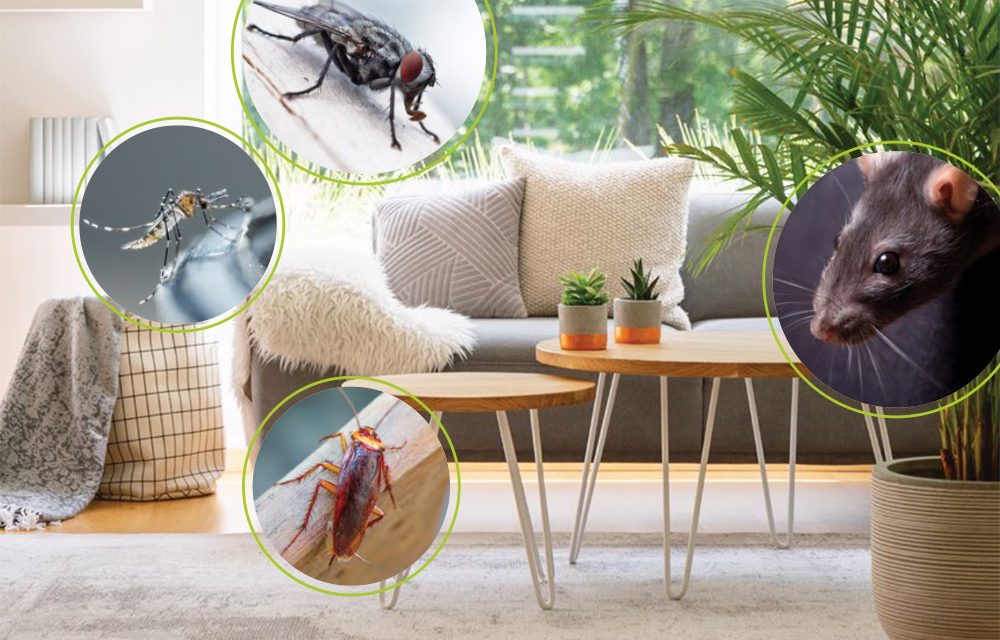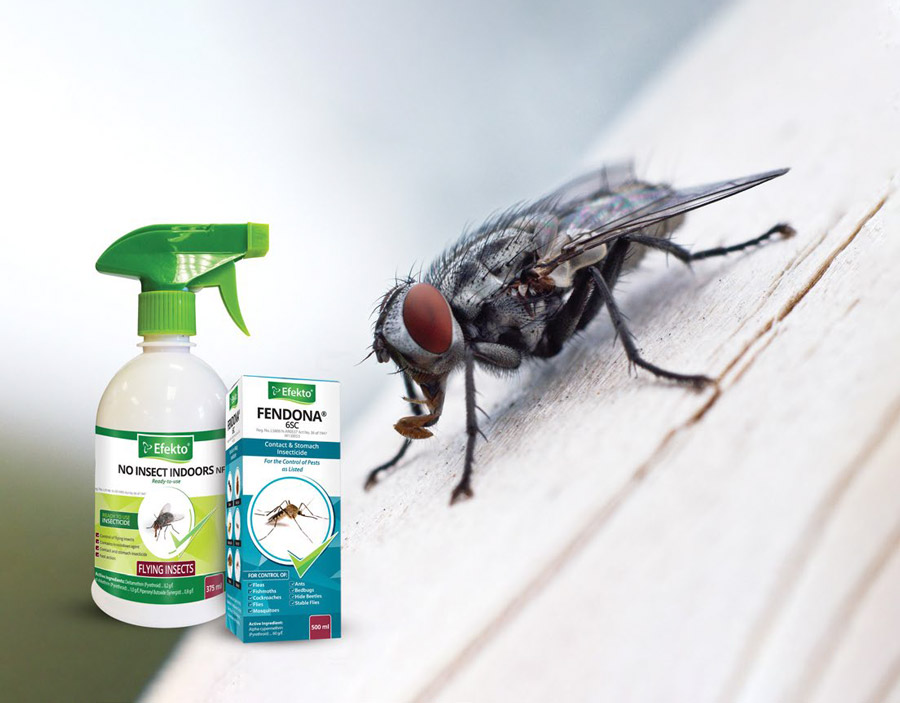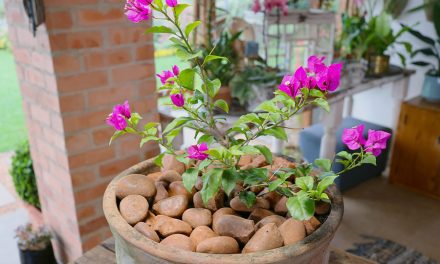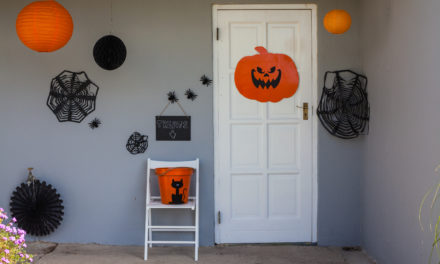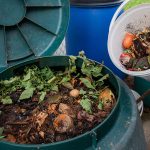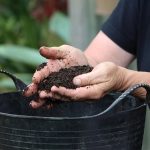While most pests seem to make an entrance at the most inconvenient times, there are some pests that are more likely to appear at certain times of the year than others.
These pests tend to make an appearance in homes during the late spring, summer, and autumn months. They enter mainly to scout out what they can feed on – including trash, left out food, ripe produce, or moisture.
While flies are an unpleasant sight and nuisance when circling around your head, houseflies can also carry diseases. Flies transmit disease-causing pathogens via their body hairs or by the tarsi which are transmitted to food or surfaces when the fly lands.
Diseases include:
- Shigellosis
- Typhoid fever
- E. coli.
- Cholera
SPRING AND SUMMER
FLIES AND MOSQUITOES
Mosquitoes
Mosquitoes need a minimal amount of water to lay their eggs. A wet spring is a big indicator of an early- season population explosion.
Interestingly, mosquitoes are most active during the early morning hours when the air temperature isn’t as hot and sunshine as strong. Mosquitoes find daylight to be deadly, as direct daylight can dehydrate them. This is why you are most likely to be bothered by these pests in dawn and dusk hours.
Mosquitoes are attracted to carbon dioxide emitted by humans and other animals. Body heat, perspiration and skin odour are also detected by their receptors, helping them pick up on cues to find a potential host’s blood to feed on.
Apart from the irritating buzz and bite of a mosquito, they are known transmitters of diseases such as:
- Chikungunya.
- Dengue fever
- Encephalitis.
- Malaria
- West NileVirus (WNV)
- Yellow fever
- Zika virus
Preventative measures and solutions
For mosquitoes:
Water and debris collect in gutters, making for attractive overhead breeding grounds for mosquitoes. Be sure to check your gutters and drainage systems around the house so water can move freely.
Ensure any containers that can hold water (like buckets, bird feeders and pot plant dishes) are emptied or removed, so they don’t invite unwanted mosquito activity.
For containers intended to hold water (like birdbaths and fountains) make sure to flush out the water regularly, about once a week. Stagnant water supplies mosquitoes with a safe place to lay their eggs, which hatch into larvae that feed on organic matter.
Keep your grass clipped short in rainy seasons to avoid harbouring moisture for mosquitoes to breed in.
For flies:
Turn off outdoor lights at night when possible – flies are attracted to light sources.
Remove and clean up pet droppings immediately.
Seal your windows, doors, and house vents properly and free from holes or damage.
Cover garbage cans with tight-fitting lids and take bags out as soon as they are full.
Store food properly in airtight containers.
Avoid leaving dirty dishes or glasses out.
Clear away grass clippings and leaves so they don’t decay near your home.
For added protection, use Efekto No Insect Indoors F Flying Insects and Efekto Fendona 6SC around your home.
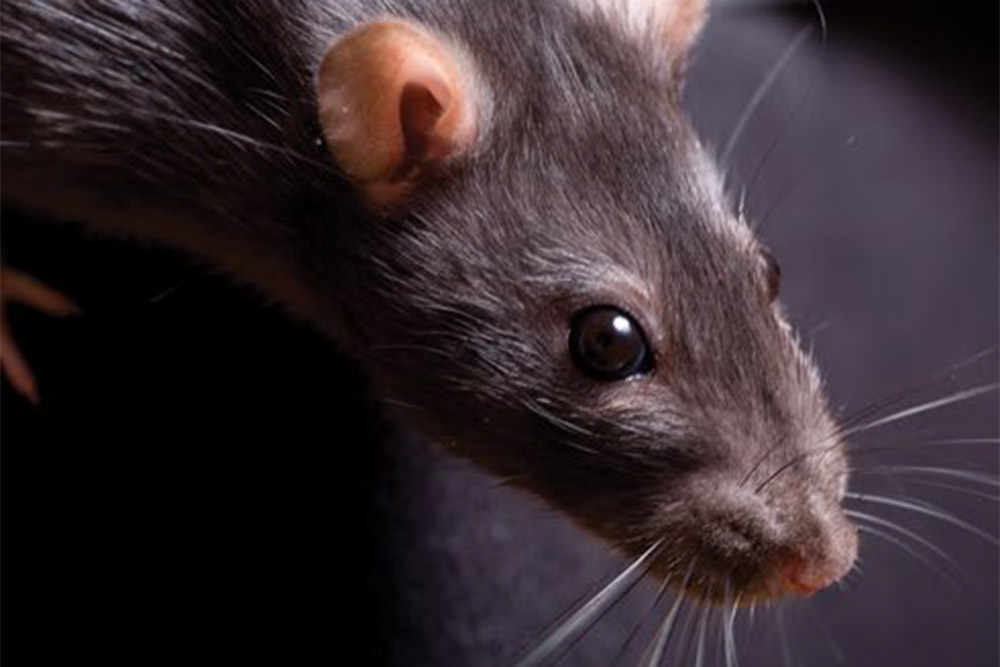
WINTER
Rodents
Rats and Mice
Rats and mice tend to look for shelter once winter is about to set in. This can vary for each climate, but cold snaps can invite unwanted rodent invaders to find their way into your home through small cracks and openings, even burrowing into your buildings’ eaves from tree branches.
They’ll be looking for warmth and nesting materials, so be on the lookout for disturbed insulation, gnaw marks and wire damage. In addition to causing structural damage, these furry pests are known to carry over 35 different types of diseases.
Contamination by rodents spreads by:
- Handling live or dead rodents.
- Contact with rodent faeces, urine, or saliva.
- Rodent bites.
- Fleas, ticks, or mites that have fed on an infected rodent.
Preventative measures and solutions
We advise following this guide to prevent a rodent invasion and the recommended solution to treat your home for these pests:
- Get rid of clutter and stay clean – clutter provides a great hiding place from predators and lots of materials for a nest.
- Store your food in airtight containers deter mice or rats from recognising or accessing food items.
- Seal cracks and crevices – seal and fix any cracks, holes, or crevices, as mice can fit through very small spaces.
For an effective, yet eco-friendly solution, pair Efekto Eco Rat and Efekto Eco Rat Bait Station.
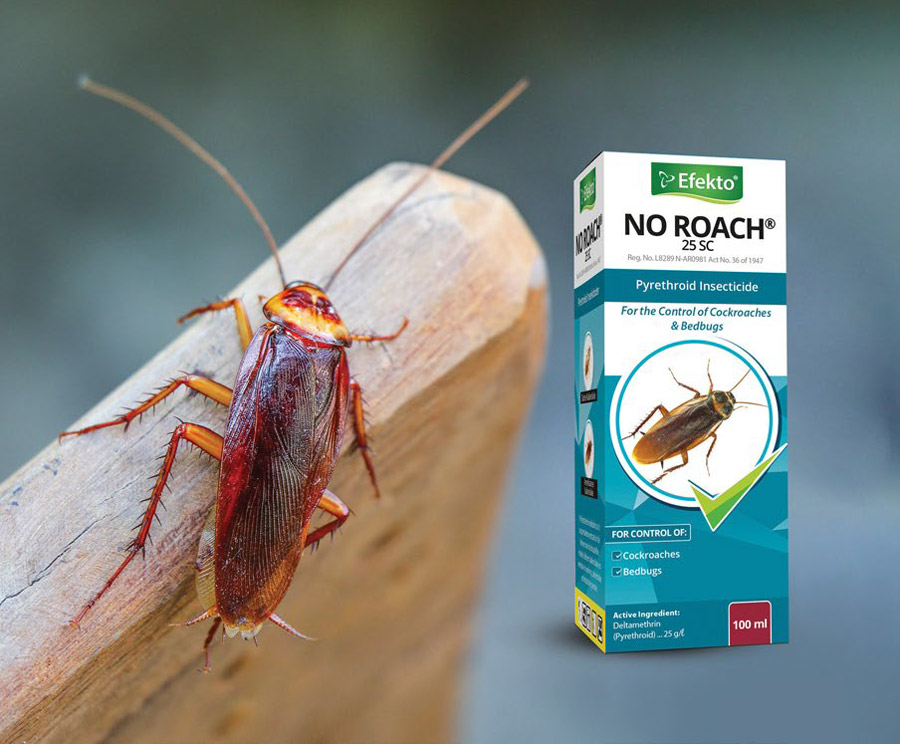
Cockroaches
Resilient and stealthy, these pests find their way into your home for four attractions: food, water, warmth, and shelter. Cockroaches are known to carry diseases, spread bacteria, trigger allergies and asthma, and contaminate food, posing a serious health hazard to you and your family. Unfortunately, this pest is not restricted to any one season, but has an active period which is usually at night.
They will go out in search of:
- Dirty dishes, crumbs and leftover food.
- Unsealed food containers.
- Accessible garbage.
- Excess moisture (sinks, taps and leaky pipes),
- Pet food remains.
- Cardboard.
PREVENTATIVE MEASURES AND SOLUTIONS
To reduce the chances of cockroaches entering your home dwelling, maintain a regular cleaning routine. Make sure to:
- Tidy, clean and sanitise.
- Pay particular attention to kitchens for food deposits, unclean surfaces and residual moisture.
- Seal food and remove waste to eliminate attractive feasting points.
- Close off entry points like utility pipes, crawl spaces, cracks and crevices. Apply weather stripping where needed.
- Eliminate cluttered papers and cardboard piles where cockroaches will seek shelter.
Use Efekto No Insect Indoors NF Cockroaches RTU, Efekto No Roach 25 SC and Efekto Eco Trap-A-Roach for complete cockroach treatment and prevention.
Credits
Referenced from Efekto, Annual Home: Pest Control Handbook

